Kadoorie Farm and Botanic Garden hosts launch of groundbreaking new nature publication Tai Po Kau ForestGEO Forest Dynamics Plot: Species Composition and Community Structure
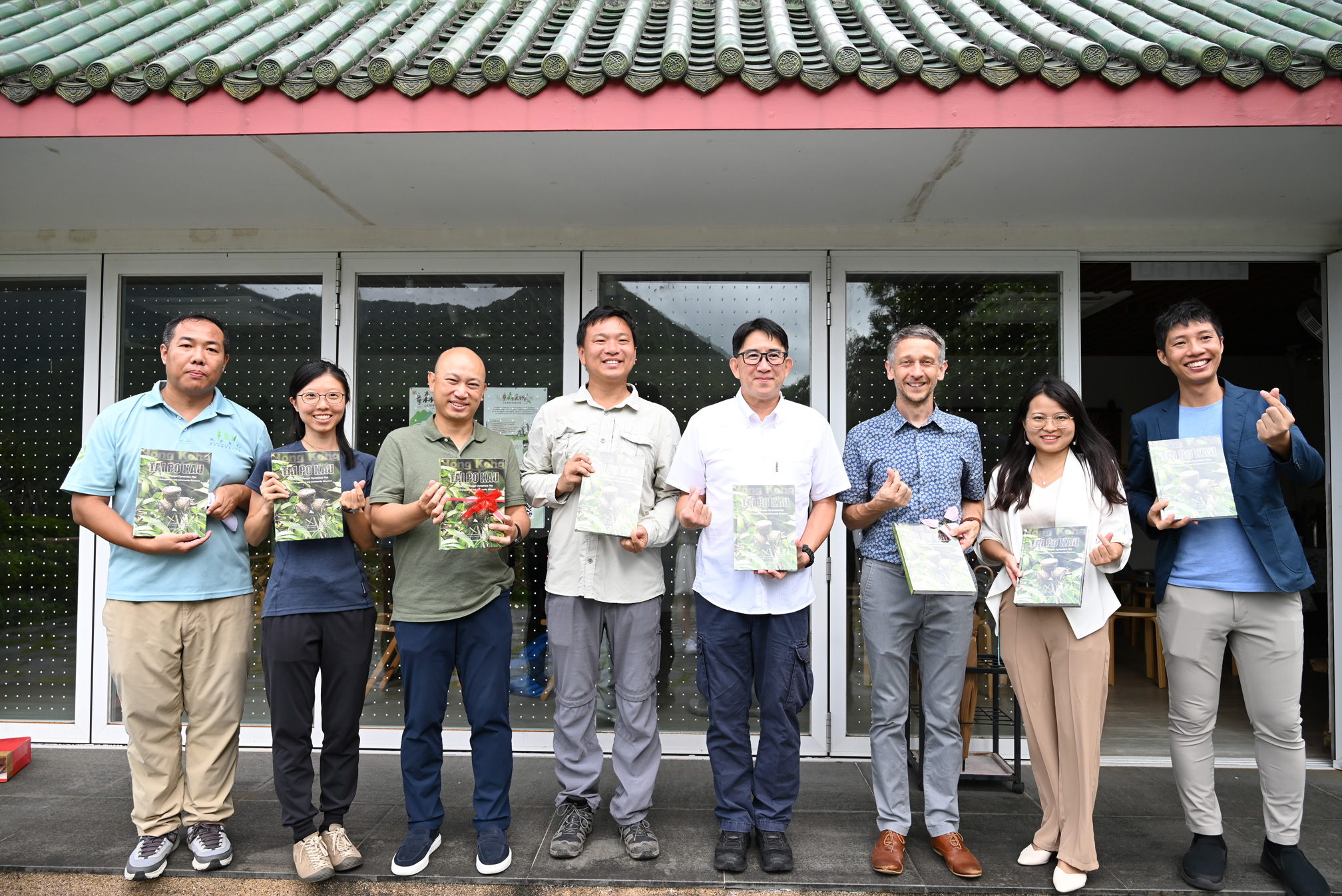
|
From left to right: Dr Jinlong Zhang, Ms Janice Pei Lai Lo, Mr William Chiu Secretary, Advisory Committee from The Hongkong Bank Foundation, Mr Bond Ting Wing Shum, Dr Billy Chi Hang Hau, Dr Stephan W. Gale, Ms Huiling Zhu, Dr Xoni Kwan Ki Ma |
High-resolution images, please download from: https://bit.ly/3VLUq6r
(Hong Kong, June 30, 2024) More than a dozen ecologists and botanists from the University of Hong Kong, Agriculture, Fisheries and Conservation Department (AFCD), and Outdoor Wildlife Learning Hong Kong (OWLHK), together with special guests from The Fairy Lake Botanical Garden and The Hongkong Bank Foundation, celebrated the publication of the book Tai Po Kau ForestGEO Forest Dynamics Plot: Species Composition and Community Structure at Kadoorie Farm and Botanic Garden (KFBG) on 30 June.
The book was published in April, having been completed over a period of eight years in a joint endeavour by ecologists at KFBG and the University of Hong Kong.
At the ceremony, Dr Billy Hau, Principal Lecturer in the School of Biological Sciences of the University of Hong Kong, spoke about the establishment of the research plot in Tai Po Kau Nature Reserve in 2015, highlighting that it is the first of its kind in Hong Kong and explaining that it covers an area of 20 hectares and contains more than 80,000 individual trees and shrubs. He emphasised that this facility helps researchers analyse the long-term dynamics of the forest ecosystem at Tai Po Kau and that, as a member of the ForestGEO Global Forest Research Network, it is part of a worldwide platform for deepening understanding of the world’s forests. In addition to supporting scientific research, it also plays a very important role in nature education.
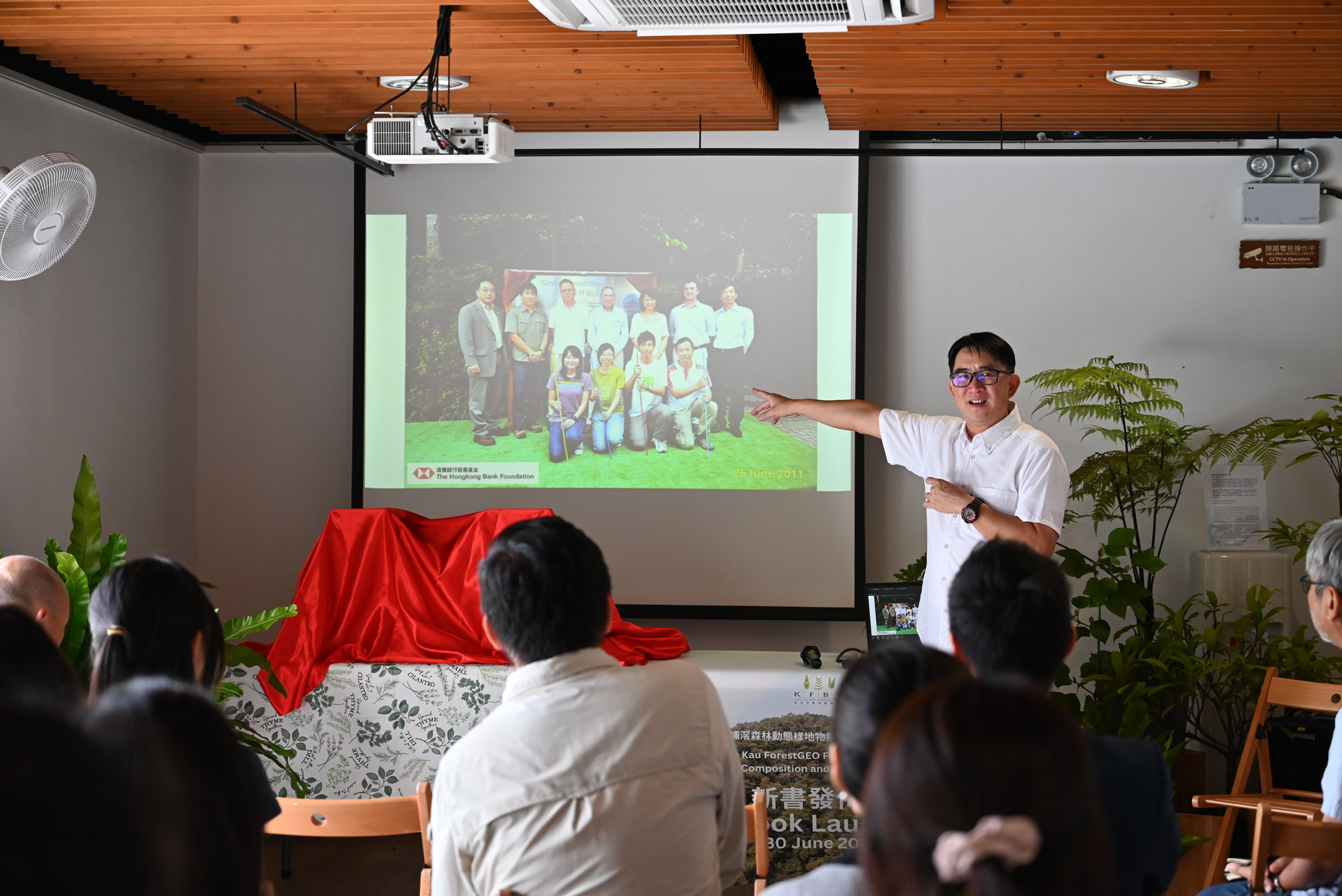
Dr Hau noted that the establishment of the plot and subsequent first round of data collection were completed with the support of The Hongkong Bank Foundation, but the hard work of labelling and documenting every single tree was mainly carried out by hundreds of volunteers and summer interns over a period of three years – something that is unprecedented among the more than 75 similar plots around the world. Various biodiversity-related experiments can be carried out within the plot, spanning the monitoring of global environmental change, seedling establishment, litter decomposition and numerous interactions among plants, animals, fungi and microorganisms. The book itself puts this invaluable resource in the hands of botanists, ecologists, conservationists and land managers, and provides students and nature lovers alike with a unique learning opportunity.
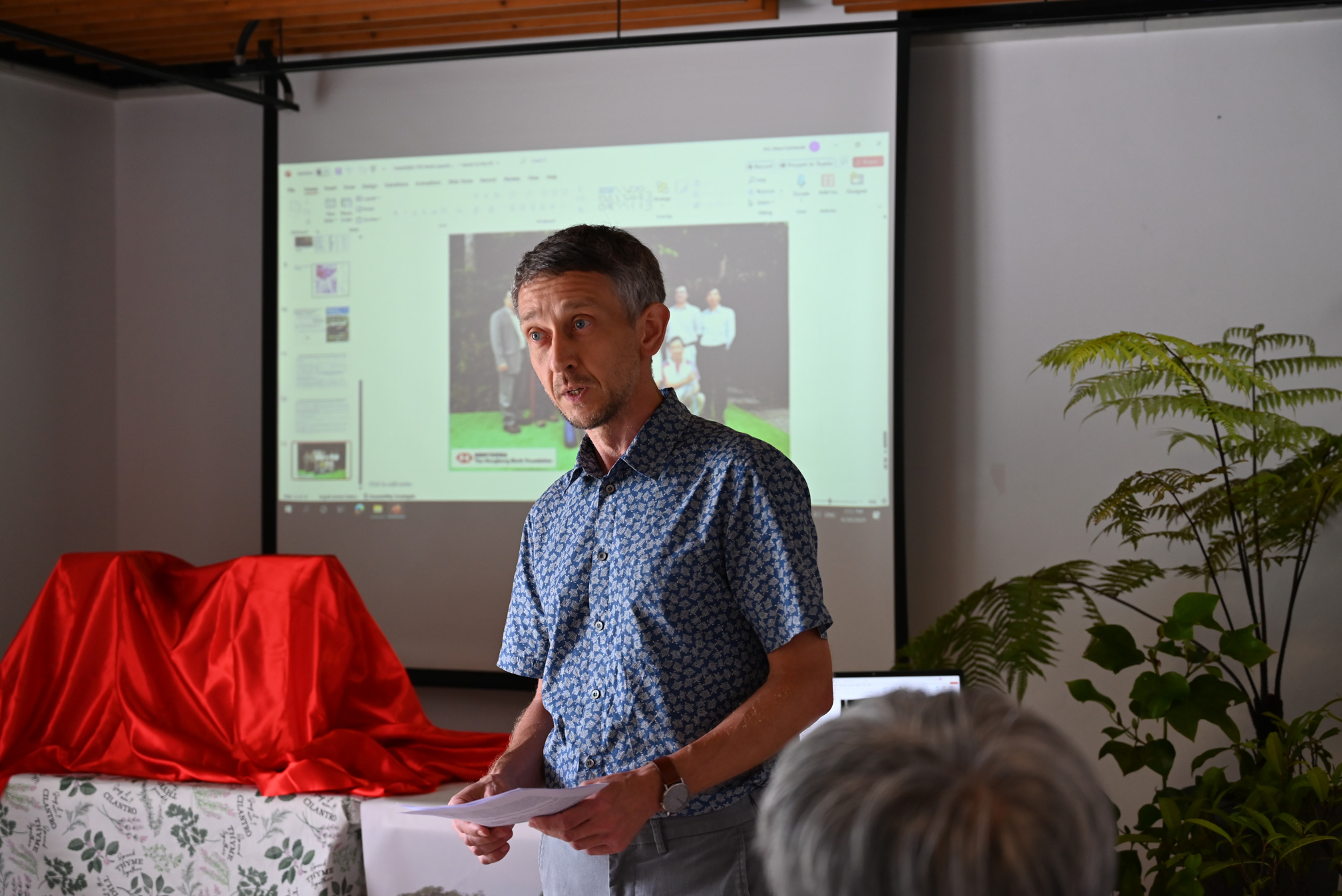
Dr Stephan Gale, Head of Flora Conservation at KFBG, described how the book is divided into two parts, the first introducing how the plot was set up and the methods used to collect the fundamental data on species diversity, and the second detailing the characteristic of each of the 172 species that grow within it. Every species is individually profiled through high-quality photographs depicting bark, leaves, flowers and fruits, and maps and charts are presented illustrating their distribution, size and abundance. As such, these profiles reflect the latest understanding of a large proportion of Hong Kong’s native trees.
Senior author Dr Gale congratulated the lead authors Zhu Huiling and Dr Zhang Jinlong, both of whom work in the Flora Conservation Department at KFBG, as well as the other co-authors who poured their energy into the completion of the book through dozens of rounds of editing over the past several years. The book is truly an expression of teamwork and collaborative research that would not have been possible without the dedication of Dr Hau and his associates at the University of Hong Kong.
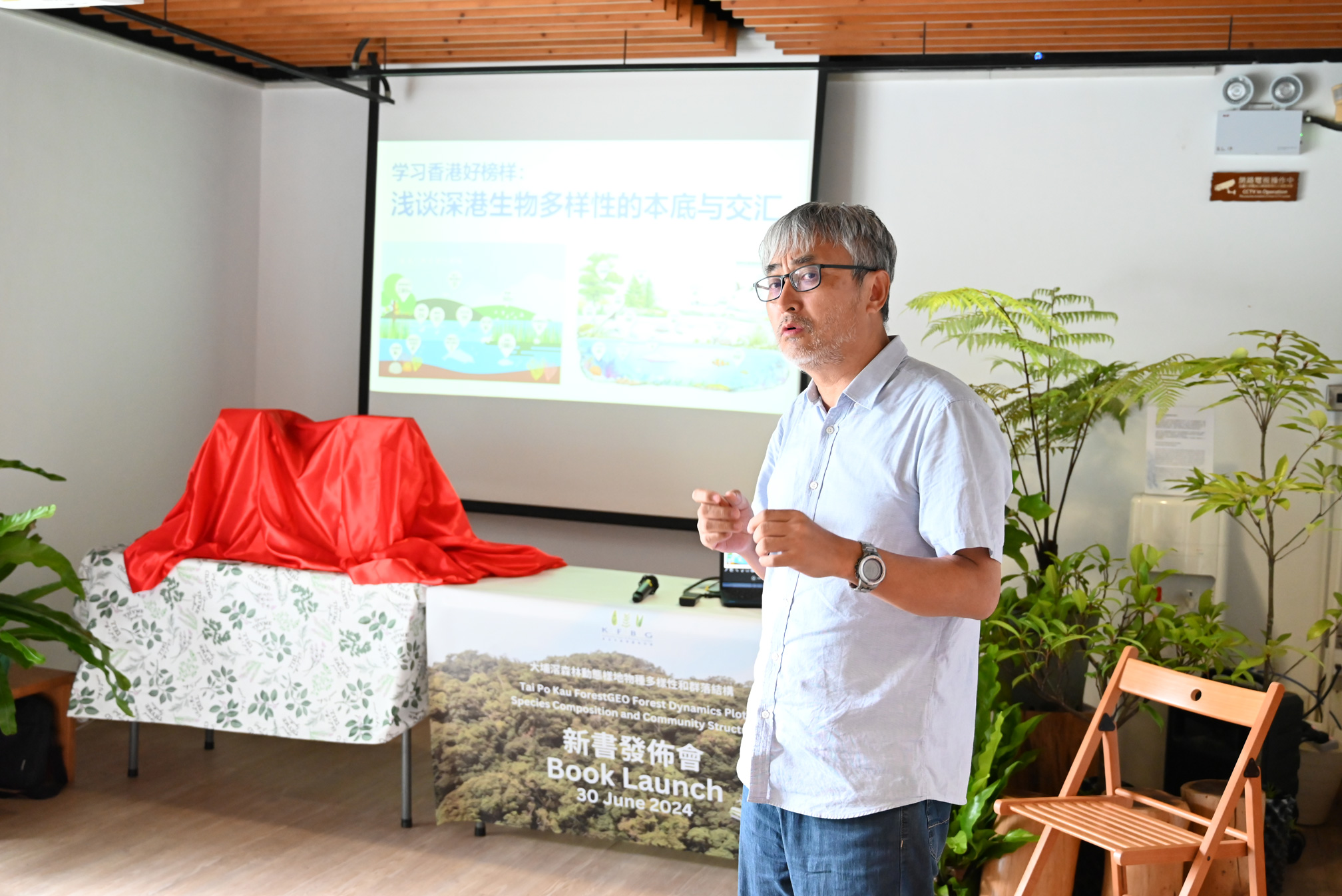
Nan Zhaoxu, a well-known writer and natural historian based in Shenzhen, spoke with passion about the mountains and seas that connect Hong Kong to the wider Greater Bay Area, but recounted that, due to various reasons, the two regions have experienced quite different environmental histories. Hong Kong, he said, has preserved much of its countryside and encouraged the recovery of its forests through the course of its urbanisation. This has made it possible to establish the large forest plot at Tai Po Kau despite Hong Kong being one of the most densely populated places on the planet. Protecting forests, restoring nature and enabling people to experience the natural world up close are all of vital importance to Shenzhen and Hong Kong. Only by doing this can our societies learn from nature and so comprehend our place in natural cycles. By introducing the trees of Tai Po Kau with such clarity, this book brings our shared botanical heritage to the attention of the people of Hong Kong, Shenzhen and across South China. Mr Nan said it was an honour to witness the publication of this book.
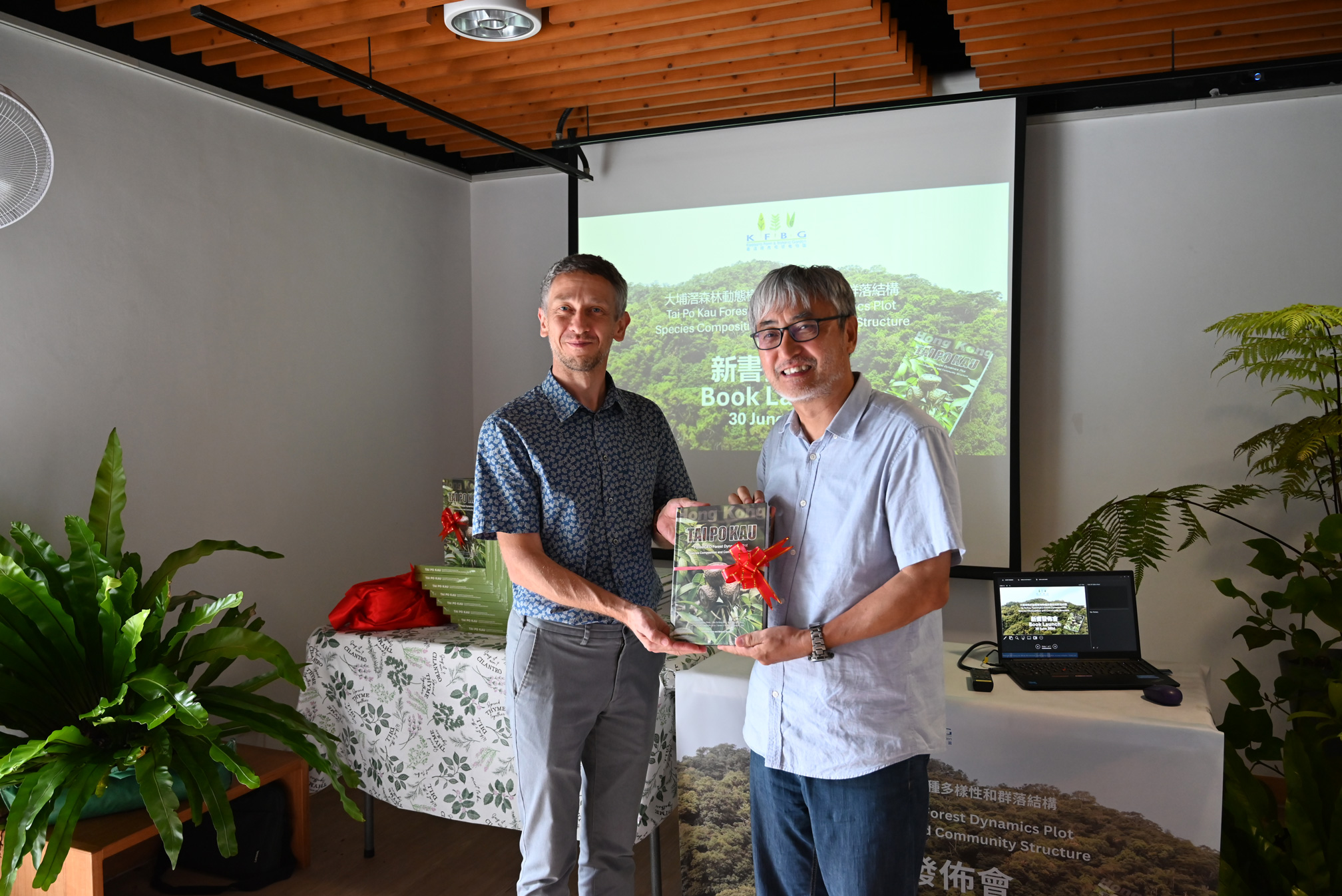
The book Tai Po Kau ForestGEO Forest Dynamics Plot: Species Composition and Community Structure is available at the Kadoorie Farm and Botanic Garden Farm Shop. The price is HK$350.
-End-

